Saudi Vision 2030 and the Role of Intelligent Mobility
A Vibrant Society, a Thriving Economy, and an Ambitious Nation.
Saudi Arabia is a place of many stories. It is known as the birthplace of Islam, home to the two holiest cities, Mecca and Medina, and a land of vast deserts and ancient trade routes. It is and has always been a country full of timeless traditions. But while the world is well aware of this cultural and religious heritage, the Kingdom is increasingly recognized for something new: bold ambition.
The Kingdom, which is rising ever faster from the sand and focusing on technological innovation and renewable energies, is redefining itself, moving from oil superpower to idea engine.
Today, it is a place where centuries-old traditions meet cutting-edge progress, writing a story the world is watching closely—a story of change, a reform in the best sense of the word.
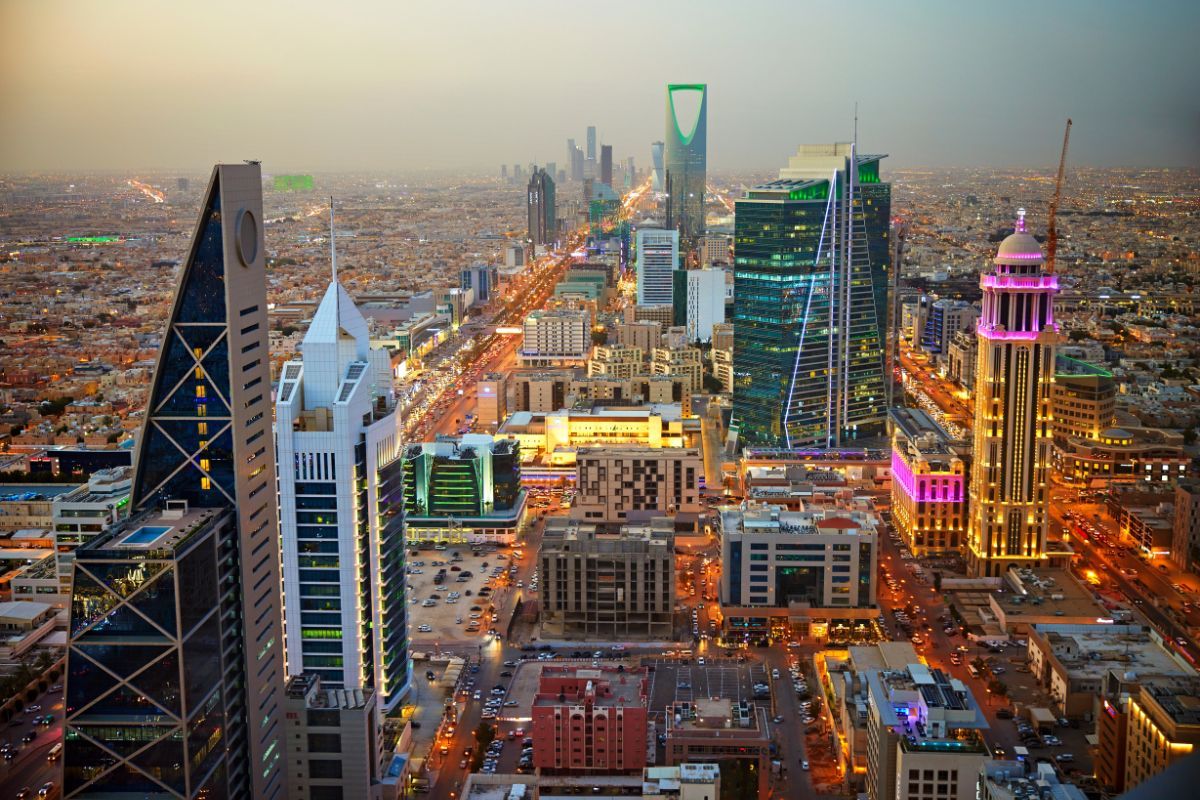
A Future Beyond Oil
As we all know, stories don't write themselves. They are carried by visions, shaped by strategies, and brought to life through dedication and drive. And that is precisely the foundation upon which Saudi Vision 2030 is built:
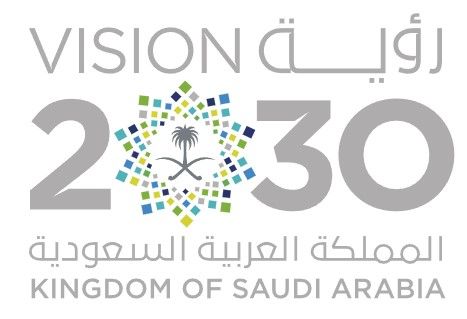
Saudi Vision 2030 is a comprehensive reform agenda aimed at repositioning Saudi Arabia economically, socially, and technologically. It is a proactive response to a rapidly changing world shaped by digitalization, sustainability goals, and the pursuit of global competitiveness, envisioning a dynamic and forward-looking Saudi Arabia built on three foundational pillars:
- a vibrant society
- a thriving economy
- an ambitious nation
Vision 2030 aims to foster a culturally rich and inclusive society grounded in national pride and modern values, supported by robust social services.
At its core, the Vision seeks to transition the Kingdom away from its oil dependency and toward a diversified, innovation-driven economic landscape. At the same time, it aims to improve the quality of life for its citizens through sustained investment in education, healthcare, the environment, and infrastructure.
In this context it comprises a wide array of strategic initiatives: Megaprojects such as NEOM, The Line and Qiddiya are more than just urban planning experiments; they are symbols and testing grounds for a new kind of urban living and expanding the tourism sector and strengthening culture and the creative economy to boost private sector development and technological research.
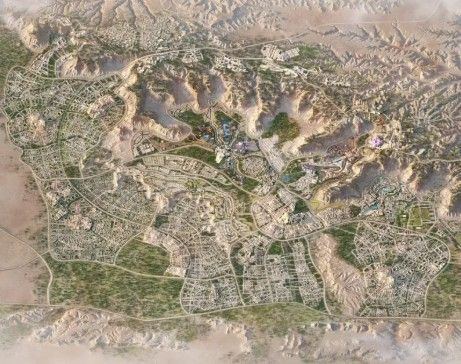
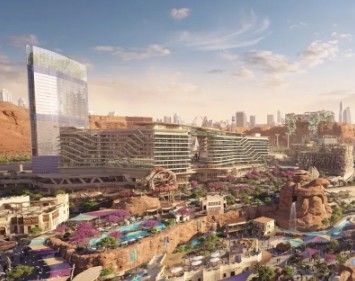
source: qiddiya.com
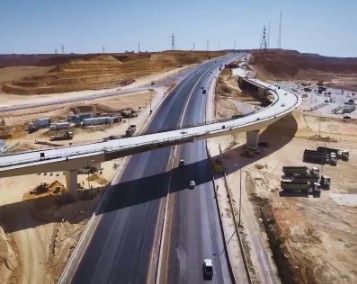
Mobility as an Enabler of Transformation
Mobility and transportation play a pivotal role in this dynamic environment. They are much more than just technical infrastructure, they are the driving force behind social participation and economic diversification, and a key element of sustainable urban development.
Respectively, smart transportation planning is crucial as it fosters economic growth by attracting investment, generating employment opportunities, and supporting diversification efforts. It also contributes to enhanced sustainability and improved living standards for communities. Furthermore, as urban populations continue to grow, smart cities - driven by intelligent transport systems - are essential in addressing the challenges of sustainability and ensuring balanced economic development.
Without modern, efficient, and interconnected transport infrastructures, many of the Vision’s goals risk remaining fragmented. This is a fact of which the Kingdom is well aware and thus highly focused on transforming urban areas into smart, sustainable cities. This change will bring plenty of opportunities, but it will also lead to various challenges before the fruits of the efforts can be harvested.
Hence, we will highlight the key mobility challenges that may emerge on the road to Vision 2030, and how they can be turned into opportunities for progress.
Rapid Urban Growth Requires Smarter Infrastructure
Saudi cities are experiencing rapid growth as Vision 2030 programs attract investment, tourism, and new residents. With this expansion comes increased mobility demand. In a society where private vehicle ownership is part of daily life and identity, traffic volumes will inevitably rise. Without smarter infrastructure, congestion risks growing and impacting not only travel times but also productivity and quality of life.
The answer is not always building more roads. Instead, modern solutions such as real-time traffic management, intelligent signal control, and smart parking systems will be key to ensuring that the Kingdom’s urban growth is sustainable. With global experience in these areas, SWARCO understands how data-driven traffic strategies can transform mobility challenges into opportunities supporting Vision 2030’s goal of vibrant, livable cities.
With the increase in vehicles in cities, we also see a scarcity of parking spaces. Besides rush hours and the average traffic of a tense city, cruising around and searching for a parking space can take several minutes and result in thousands of hours of wasted time per year. Vehicles on the roads searching for parking spaces contribute to increased city congestion and air pollution. Coping with the existing conditions is difficult for traffic operators because traffic and parking data are rarely connected and, therefore, lack a holistic approach for providing improvement measures.
Enhancing Road Safety for All
With urban growth comes the urgent responsibility to ensure the safety of all road users. Congestion, construction zones, and mixed-use roads increase the risk of collisions and highlight the need for robust traffic management. Globally, traffic accidents cause enormous social and economic losses, and Saudi Arabia is determined to reduce these risks in line with Vision 2030’s target of cutting road fatalities to 8 per 100,000 people.
Modern traffic control, clear signage, and intelligent systems play a vital role in reducing accidents, especially around high-density areas such as shopping centers, stadiums, and airports. SWARCO brings extensive experience in road safety technologies, from adaptive traffic signals and dynamic signage to smart construction zone solutions, helping authorities protect lives while ensuring mobility remains efficient and secure.
Poor air quality due to pollution does not make cities more livable
Day-to-day traffic accounts for 30% of pollution, and this number is estimated to increase to over 60% by 2050. This devastating increase of vehicles on the road is a persistent issue in many cities and it significantly undermines urban livability. One reason is the fact that vehicle emissions – especially from older vehicles- release high levels of pollutants such as Nox (nitrogen oxides), carbon monoxide and other particulates and volatile organic compounds. These pollutants are directly linked to serious health problems including asthma, cardiovascular disease, respiratory infections and premature death, especially for the most vulnerable groups, such as children, the elderly and people with preexisting conditions.
Another consequence of traffic-related air pollution is its impact on mental health. Constant exposure to smoggy and polluted traffic environments can lead to increased stress levels and reduced enjoyment of public spaces. Poor air quality will reduce the aesthetic appeal of a theme park, parking garage, urban parks, or sports and event area, and discourage its activity.
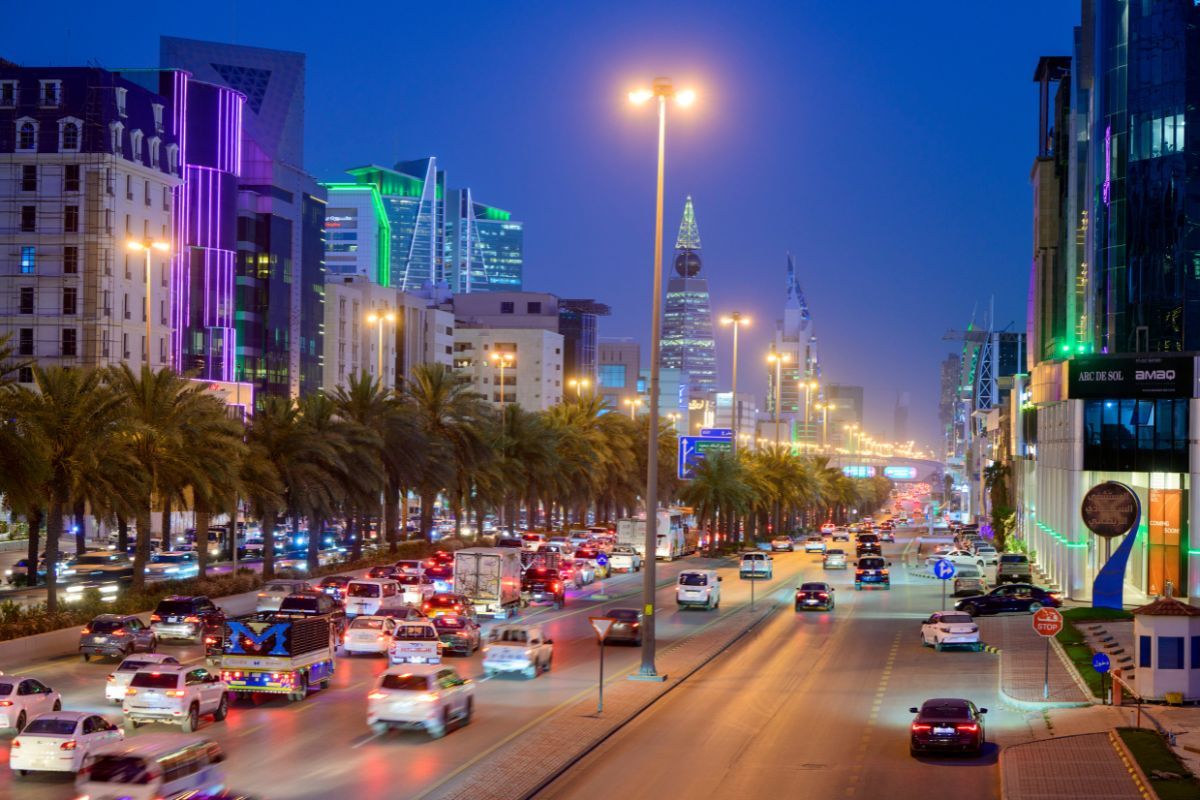
The Need to enhance public transport systems is like an open-heart surgery
As part of Vision 2030, Saudi Arabia is implementing a comprehensive expansion and modernization of its public transport system to address longstanding challenges such as road congestion and rising exhaust emissions. A cornerstone of this effort is the Riyadh Metro Project, one of the largest in the Middle East, which includes the construction of six metro lines and one railway line. The project is expected to provide fast, efficient, and environmentally friendly transportation for residents of the capital, significantly easing traffic congestion and reducing greenhouse gas emissions.
In addition to developments in major urban centers, Vision 2030 emphasizes enhancing public transport in smaller cities and rural regions. Historically, limited transport infrastructure in these areas has led to social isolation and restricted access to employment and education. By investing in modern bus systems and upgrading road networks, Saudi Arabia aims to improve mobility for residents in underserved areas, foster economic inclusion, and support regional development. These initiatives reflect a broader commitment to sustainable growth and improved quality of life across the Kingdom.
Improving public transport systems is a complex undertaking and can be seen as an open-heart surgery because it presents a range of challenges for cities. Securing sufficient funding and navigating complex urban planning constraints will require gaining public and political support for a certain period of time, particularly when projects involve disruptions or high costs. Public transport infrastructure can’t be built within a week or two; moreover, it could take multiple years.
Technological integration, especially for smart systems, adds further complexity, requiring seamless coordination and cybersecurity considerations. Operational inefficiencies and fragmented governance often hinder progress, while environmental and social impacts must be carefully managed to minimize disruption. Ensuring equity and accessibility for all users, alongside encouraging a shift in public behavior from private to public transport, adds another layer of difficulty that requires thoughtful, inclusive, and strategic planning.
Lack of interoperability of systems
The absence of interoperability in traffic management systems presents a critical barrier to the realization of cohesive, intelligent urban mobility frameworks. When disparate subsystems, such as traffic signal controls, public transportation networks, real-time parking systems, ride-hailing platforms, and emergency response units, operate in silos without standardized data protocols or integrated communication infrastructures, the entire mobility ecosystem suffers from fragmentation and inefficiency.
This systemic disconnection impedes the capacity for real-time coordination, adaptive traffic control, and predictive analytics, all of which are foundational to smart mobility. As a result, cities are often relegated to reactive rather than proactive responses to congestion, delays, and disruptions. Moreover, the lack of interoperability diminishes the scalability and compatibility of emerging technologies such as autonomous vehicles, mobility-as-a-service (MaaS) platforms, and multimodal transport planning tools, stalling innovation and long-term planning.
For end users, this manifests as inconsistent travel experiences, information asymmetry across platforms, and reduced reliability in urban transit. From a broader perspective, the inefficiency undermines the return on investment in digital infrastructure and hinders efforts to build sustainable, resilient, and user-centric transport systems. Addressing interoperability is thus not merely a technical concern, but a strategic imperative for future-ready cities.
A quarterstone in tackling future traffic challenges
RIYADH PUBLIC TRANSPORT
The metro opened in winter 2024/2025 and took over 10 years of development and construction. Such projects are complex and require reliable partners. (image source: Riyadh Public Transport)
Saudi Vision 2030's mobility agenda represents an ambitious yet necessary evolution. From car-dependent systems toward integrated, sustainable, and smart transport ecosystems. However, the Kingdom faces formidable challenges: shifting deep-rooted cultural behaviors, building a dense multimodal transport network across vast terrains, guaranteeing efficient traffic flow combined with enhanced traffic safety for all road users, and delivering megaprojects within socio-environmental constraints. Ultimately, successful implementation hinges on synchronizing policy reform, technology integration, behavioral change, and context-sensitive urban design to support sustainable, liveable, and inclusive mobility.
Stay tuned… In the next article we will explore potential solutions to tackle exactly these challenges.
